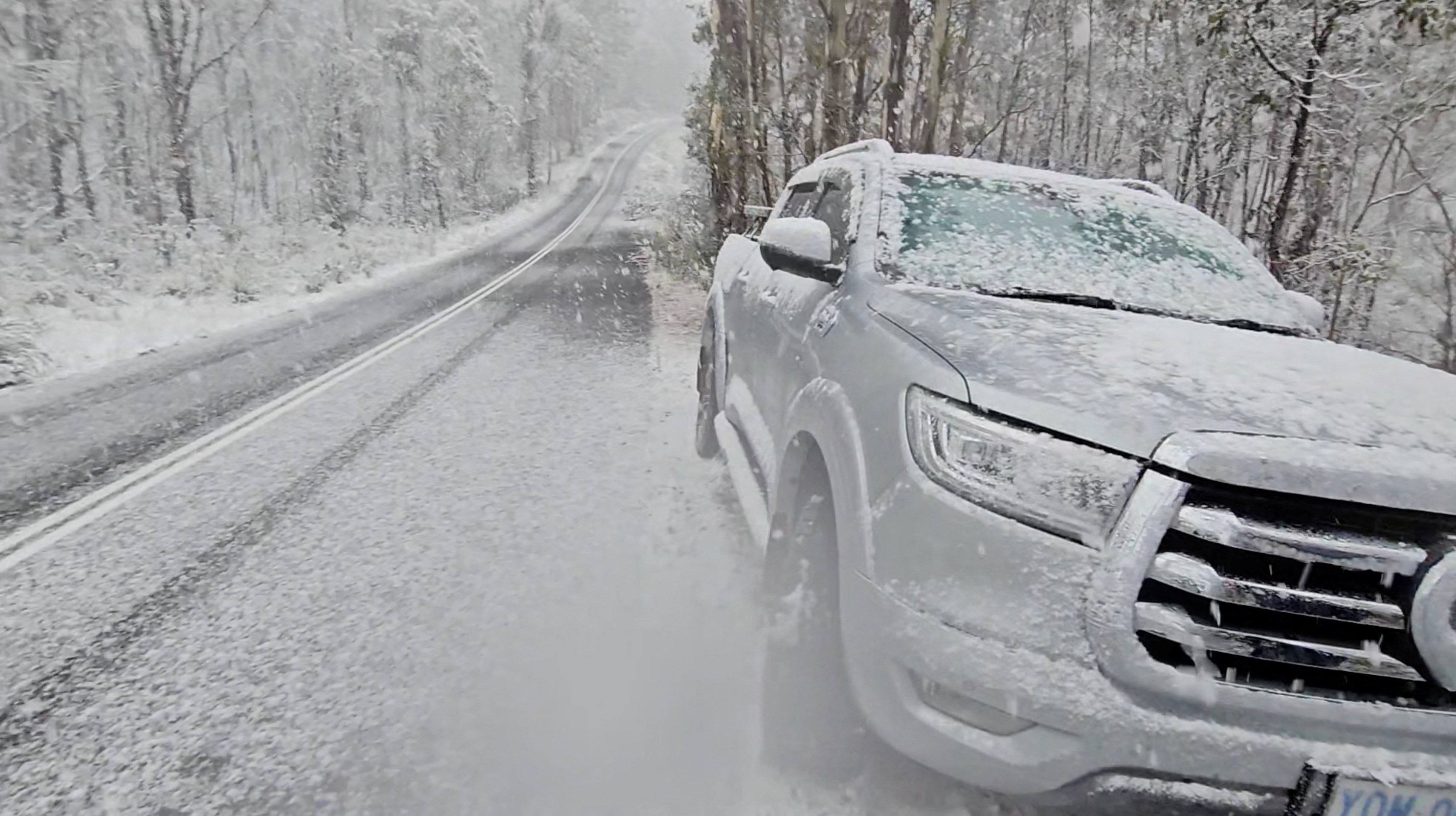Discover About the Regions That Occasionally See Snow In Australia During the Winter Season
Discover About the Regions That Occasionally See Snow In Australia During the Winter Season
Blog Article
Discover the Interesting Results of Snow in Australia on Neighborhood Environments
In spite of its reputation for sun-soaked landscapes, Australia additionally boasts areas buried by snow-- a phenomenon that greatly influences the nation's unique ecological communities. The shielding properties of snowflakes secure flora and fauna among the chilliest winters months, while the melting snow nurtures rivers and aquatic life. The actual marvel lies in exactly how these wintry conditions form the nation's biodiversity and nutrient cycles. As we unwind this intricate relationship, we find ourselves walking on uncharted premises in Australia's high country.
The Unanticipated Areas of Snowfall in Australia
Although Australia is typically connected with sandy beaches and sun-scorched landscapes, particular areas remarkably experience snowfall. The high country areas of New South Wales, Victoria, and Tasmania are specifically recognized for their winter season snow. The Snowy Mountains in NSW, for instance, get plentiful seasonal snow, providing a stark comparison to the country's common hot, dry environment. The Victorian Alps and components of Tasmania additionally see yearly snowfalls, transforming the landscape into a winter months heaven. These areas are not just anomalies however integral components of Australia's varied climate system. The presence of snow in these regions dramatically affects regional ecosystems, consequently influencing the country's one-of-a-kind biodiversity. The specific influence on Australia's distinct plants will be gone over in the next section.

Just How Snow Impacts Australia's One-of-a-kind Plants
These plants have actually advanced to endure in severe problems, with snow serving as a safety covering from harsh winds and freezing temperature levels. The snow additionally adds to the dampness content of the dirt, providing required hydration for plant life during the completely dry summer season months. In essence, the snow influences the timing of blooming and seed dispersal, the growth prices, and the survival of numerous plant species, showcasing the complex interplay between environment and plants in Australia.

The Adjustments of Australian Animal to Snowfall
Simply as Australia's flora has actually adjusted to the wintery conditions, the regional fauna as well, exhibit amazing adaptations to the snowfall. Species like the Hill Pygmy-possum, the only Australian marsupial recognized to hibernate, have actually progressed techniques to make it through in snowy environments. It uses the snow as insulation, hibernating in rock holes under the snow to stay warm. The Snow home Skink, a varieties of reptile, changes its colour to white throughout wintertime, offering camouflage against killers. Birds such as the Snowy Mountains' Crimson Rosella additionally change their diet plans to take in available food sources during cooler periods. Thus, regardless of the severe conditions, Australian animals demonstrates a flexible and durable nature, guaranteeing their survival in regions see here experiencing snowfall.
The Duty of Snow fit Neighborhood Environments
In forming the regional environments, the function of snow in Australia is both multilayered and extensive. Snow gives an important water resource, feeding rivers and storage tanks as it thaws, therefore supporting a variety of aquatic life forms. The visibility of snow forms the plant life patterns, pet habits, and general sustainability of Australia's distinct communities.

The Future of Snowfall in Australia: Ramifications and forecasts

Provided the critical function snow plays fit local environments, the future of snowfall in Australia is drawing increasing interest from ecologists and researchers. Current climate designs forecast a significant reduction in snowfall because of international warming, with potentially profound effect on neighborhood ecosystems. Less snow could lead to lowered water schedule in alpine regions, negatively affecting wild animals environments and plant. It might change the timing of seasonal modifications, interfering with the life cycles of numerous native species. The tourist sector, heavily reliant on the winter months snow season, might also face significant obstacles. Comprehending these forecasts and their implications is vital to develop reliable conservation strategies, making sure the conservation of Australia's distinct biodiversity and the sustainability of its economic situation.
Final Thought
The duty of useful link snow in Australia's environments is critical yet usually forgotten. It works as a protector, a nurturer, and a shaper of diverse alpine varieties, adding to the splendor of Australia's high country. As climatic patterns proceed to change, understanding the effects and prospective improvements of these snow-influenced ecological communities is vital. Thus, the snow in Australia is greater than a natural spectacle; it's a crucial player in the country's environmental narrative.
Regardless of its reputation for sun-soaked landscapes, Australia also boasts regions blanketed by snow-- a sensation that greatly influences the nation's one-of-a-kind environments. It uses the snow as insulation, hibernating in rock gaps under the snow to remain warm - Does Australia Get Snow.In shaping the neighborhood ecological communities, the role of snow in Australia is both extensive and multilayered. The existence of snow forms the plants patterns, pet behavior, and total sustainability of Australia's one-of-a-kind ecosystems
Offered the essential role snow plays in shaping neighborhood communities, the future of snowfall in Australia is drawing raising attention from environmentalists and scientists.
Report this page